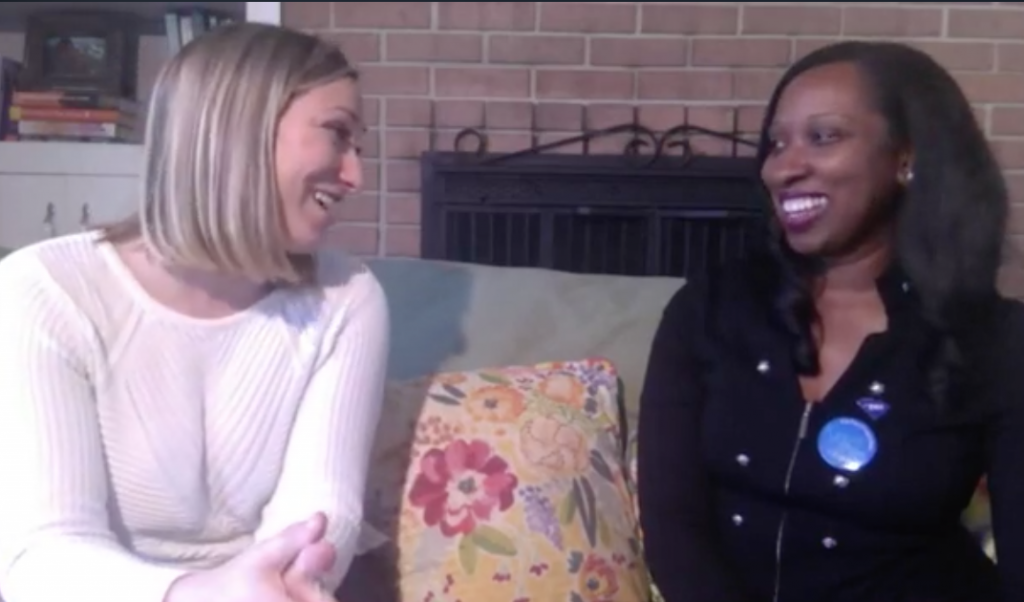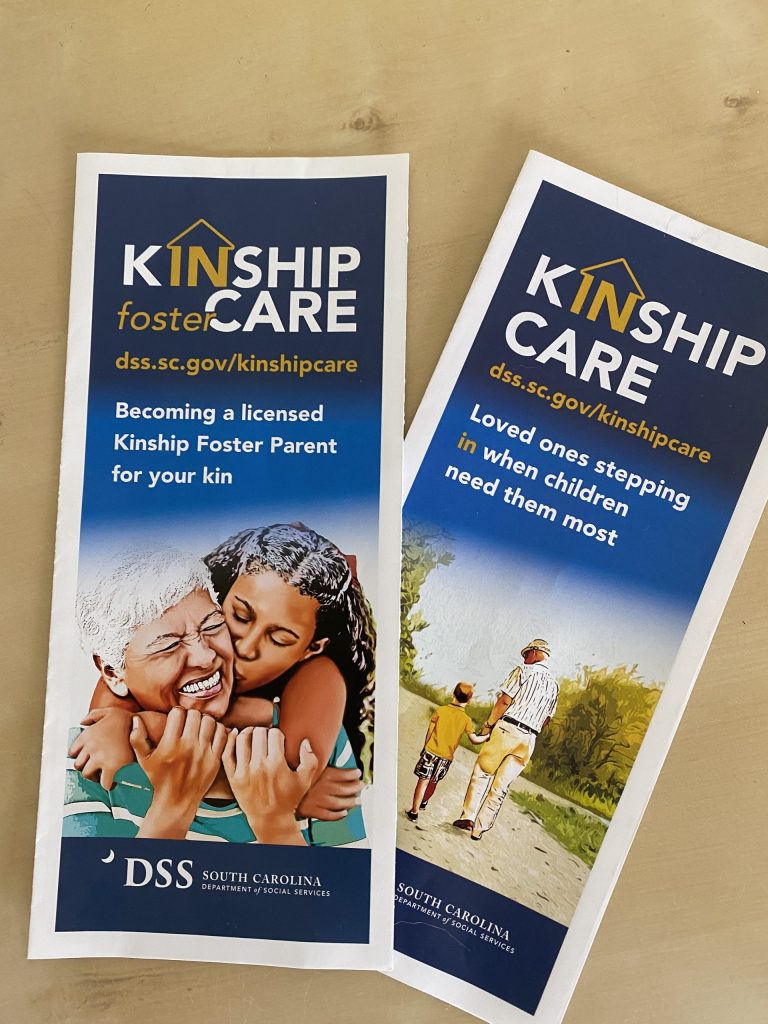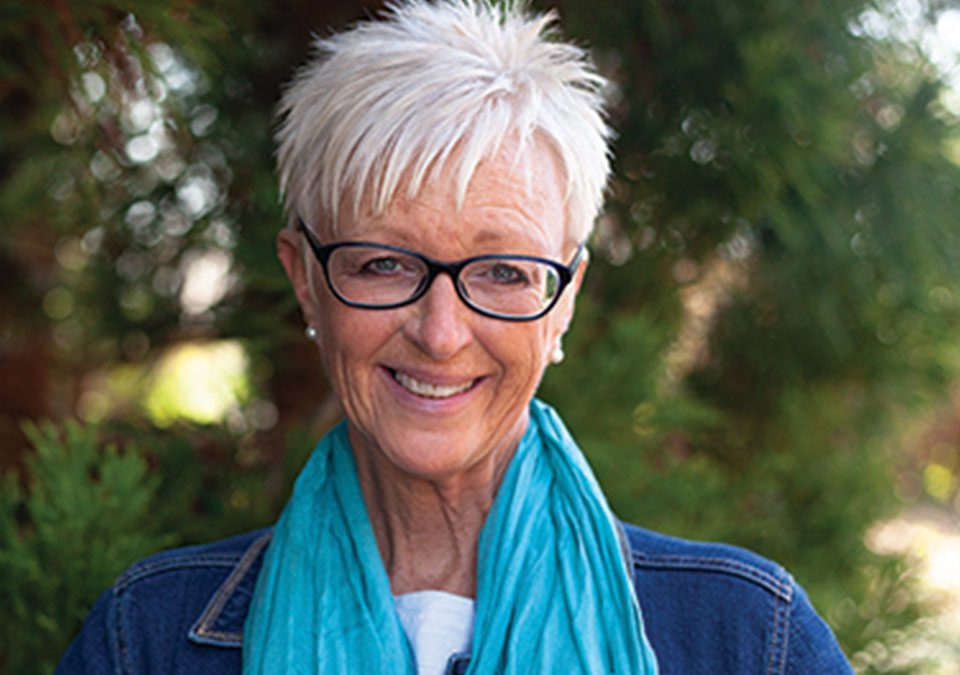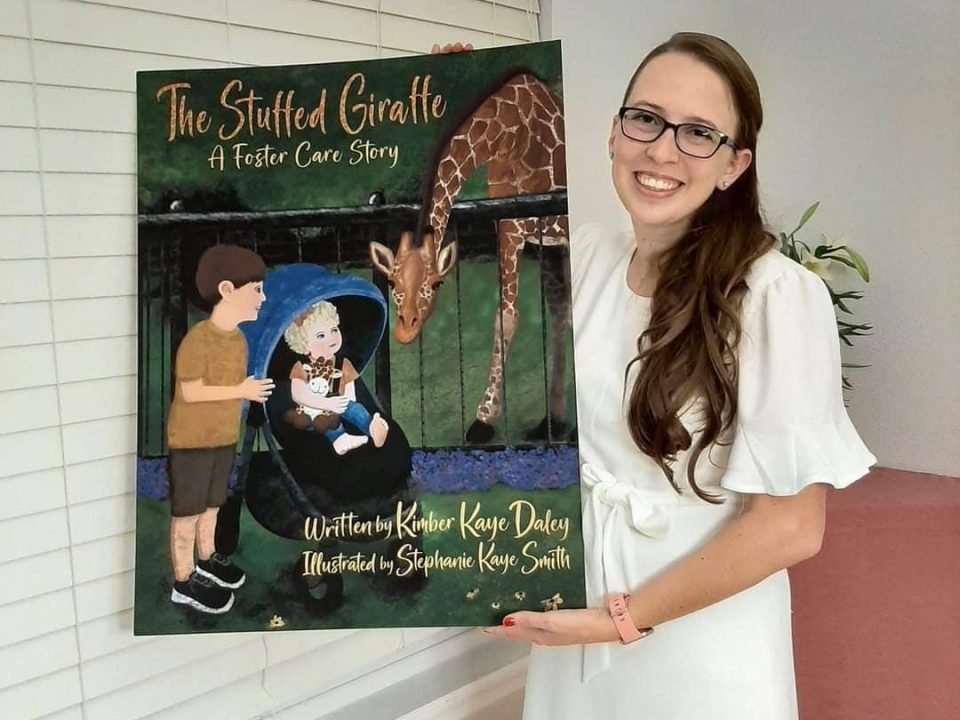
“Kinship care refers to a temporary or permanent informal arrangement in which a relative or non-related adult (also known as fictive kin) has assumed the full time care of a child whose parents are unable to do so. These kin caregivers may already have a close relationship or bond with the child or family” – SC DSS.
Today on #FosterFridayLive, we take a look into kinship care with Sharleta Woodall, Statewide Kinship Care Manager. We will discuss what kinship care is, when and why it is used, and the rights and resources provided by the State and other organizations to kinship care providers.

Non-relative foster parents can play an important role in supporting kin or bridging the gap as children transition from their homes to the homes of the identified relative. Relationships are always key. While family is more than blood, we have to remember that family bonds matter.
Sharleta is the Statewide Kinship Care Manager for the Department of Social Services. She has been with the agency for approximately 8 years supporting different initiatives including kinship care. Kinship care is near and dear to her heart, her passion. She loves leading this work in improving resources for kinship care families and strengthening families.
Kinship care as a whole, the unit, has five regional Kinship Care Coordinators located across the state. Their job is to make sure that they are coaching and training case managers, providing technical assistance, staffing cases when there are questions regarding kinship caregivers. They also work with kinship caregivers directly even if they are not working with the agency. They are not necessarily case managers, but they work with foster care case workers and Family Preservation case workers.
Kinship exists formally and informally. Informal would be where a parent has made an arrangement for a grandmother or neighbor to care for a child while they are unable, the agency is not involved. An example would be similar to the 90’s TV Show Fresh Prince of BelAir. There is not a safety concern. The parent is self aware enough to know that they are not capable of caring for the child on their own.
With Family Preservation cases the agency is involved, but the child is not in foster care; the agency does all they can do to preserve the family. Sometimes in those cases, the parent may agree that the child needs to stay with a relative while they work on their plan. At that time, the caregiver is given the option to become licensed as a foster parent. That way if the child is placed in the custody of the state, the caregiver can keep the child in the home.

When children are brought into foster care through emergency protective services or court order, the child may start in a non-relative foster home, but the goal is always to get them to family as quickly as possible.
What is kinship care? Why is it a priority?
Basically kinship is when a child cannot stay with their biological parents for a time and a relative or close family friend is identified to care for the child. This can be relatives, close friends, teachers, neighbors, church leaders, community leaders, mentors.
This is a priority because research and statistics show that it is best when children are placed with family. It reduces the trauma when they are taken out of their home rather than being placed out of their community with someone that they don’t even know. Everything is new- school, friends, everything. It takes them out of their unknown. It’s a safety issue so we have to remove them from the home, but if they can be in kinship care, they can maintain the same family bonds that matter. We have national data that shows 2.7 million children are placed in kinship care homes. That’s a lot of children. In South Carolina there are 74,000 children formally and informally living with kin. That’s steadily increasing. Kinship is very important because we want to make sure we can provide those kinship caregivers the things that they need.

How is a kinship placement made?
It all starts with the case manager making sure that they engage the parents to find out who’s out there. Who can the child stay with instead of coming into foster care. We start with giving the right to the parent. If not, we do research on family members. We have a process called Clear that can research family members that we may not be aware of. We contact all of them with permission from the parent to see if they are an option. There are Child and Family Team meetings with the parent and whoever they invite, providers the children are already receiving services with so that they can all come together to explore what options are out there to have the child placed with family.
Once a family member has been decided upon, it is a transition. This is a case by case basis determined by the case worker and the child’s needs. We want it to be a smooth transition. There may be visits before the transition happens.
The option to be licensed as foster parents is always given to kin, but they do not have to become licensed. All family preservation cases where the child is not in foster care, but is living with a relative, those are all unlicensed kinship care. If the child came into foster care, that child can be placed in a licensed foster care placement or an unlicensed kinship care placement, but the judge would have to order that the child could be placed in the unlicensed kinship placement until they became licensed.
As kin you can accept placement of children without license, but that is a huge change for that family. The main benefit of becoming licensed as a kinship caregiver is the financial support. That’s what we hear a lot from our caregivers, when you take on another child unexpectedly, it may be hard to support that child. Being licensed, you get the same board payment, clothing vouchers, ABC vouchers, Medicaid for the child, WIC, and older children can still receive Chafee funds. The child is still eligible for Medicaid, ABC vouchers, and WIC regardless of if the kinship caregiver is licensed. The difference is the board payment and financial assistance to the family.
When the case manager engages a family to determine if they are a placement option for a child, they must offer them the opportunity to become licensed. There is an acknowledgement form, we share our brochures, we are updating our website, we are also going to have a kinship care booklet, and resources. There are also some support groups for kinship care providers. In 2018, the Family Prevention Services Act focused on prevention services for families and kinship care supports. We received federal funding that went to developing pilot programs for support groups and ARC training for kinship caregivers whether they are involved with the agency or not. We are continually trying to build our Navigator program to provide support, resources, and financial assistance for kinship families statewide.
How can non-relative foster parents support kinship care providers to make the transition easier on the child?
I think that foster parents are key to the child’s successful transition. It’s all about shared parenting even with the caregivers. The foster parent knows the child at that time, they’ve built a relationship. They can stay connected, possibly provide respite. It’s important that we all understand that we are all here to provide support to the children.
Watch the full interview with Sharleta on Youtube.
If you have questions or concerns about a particular case, email [email protected].




